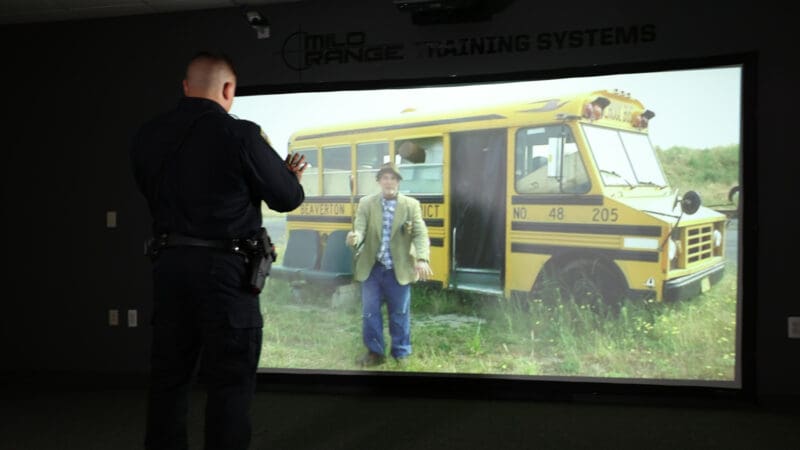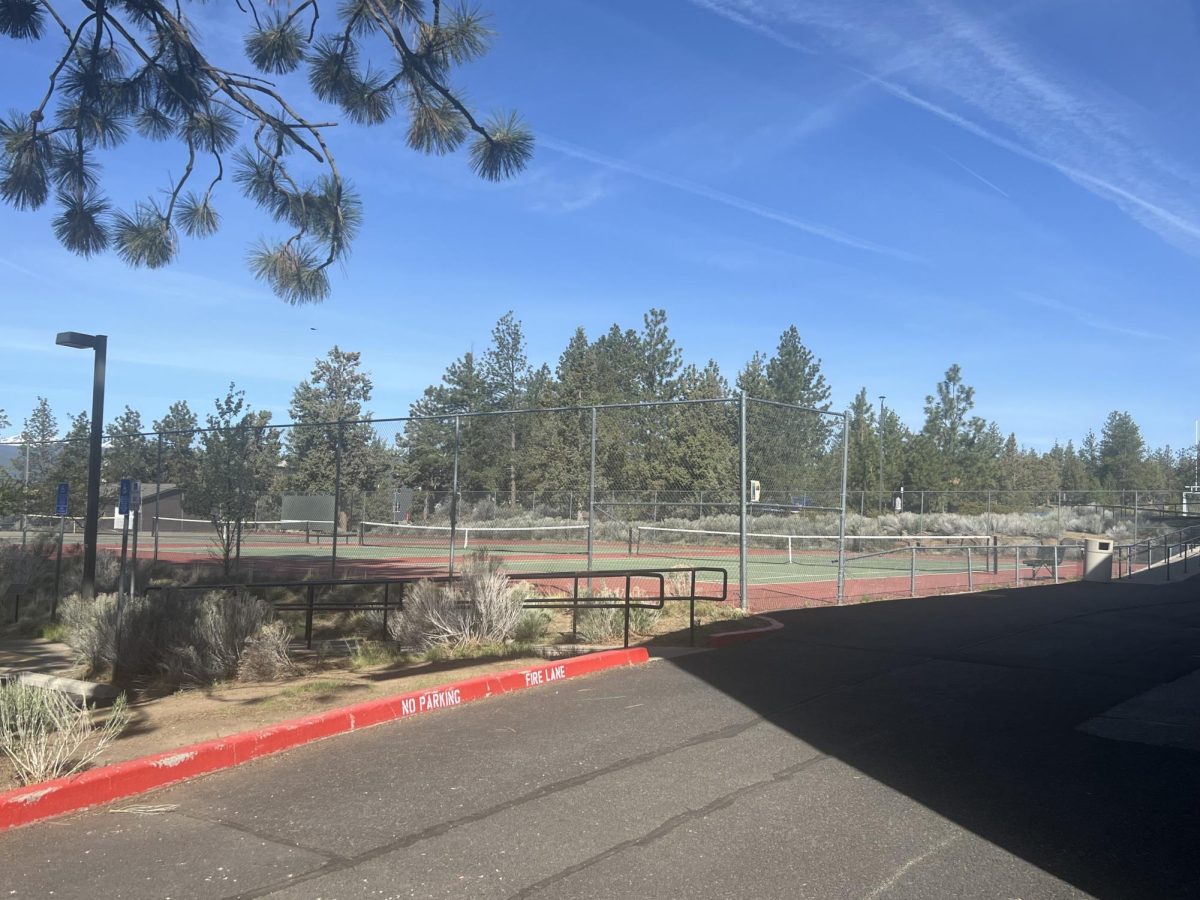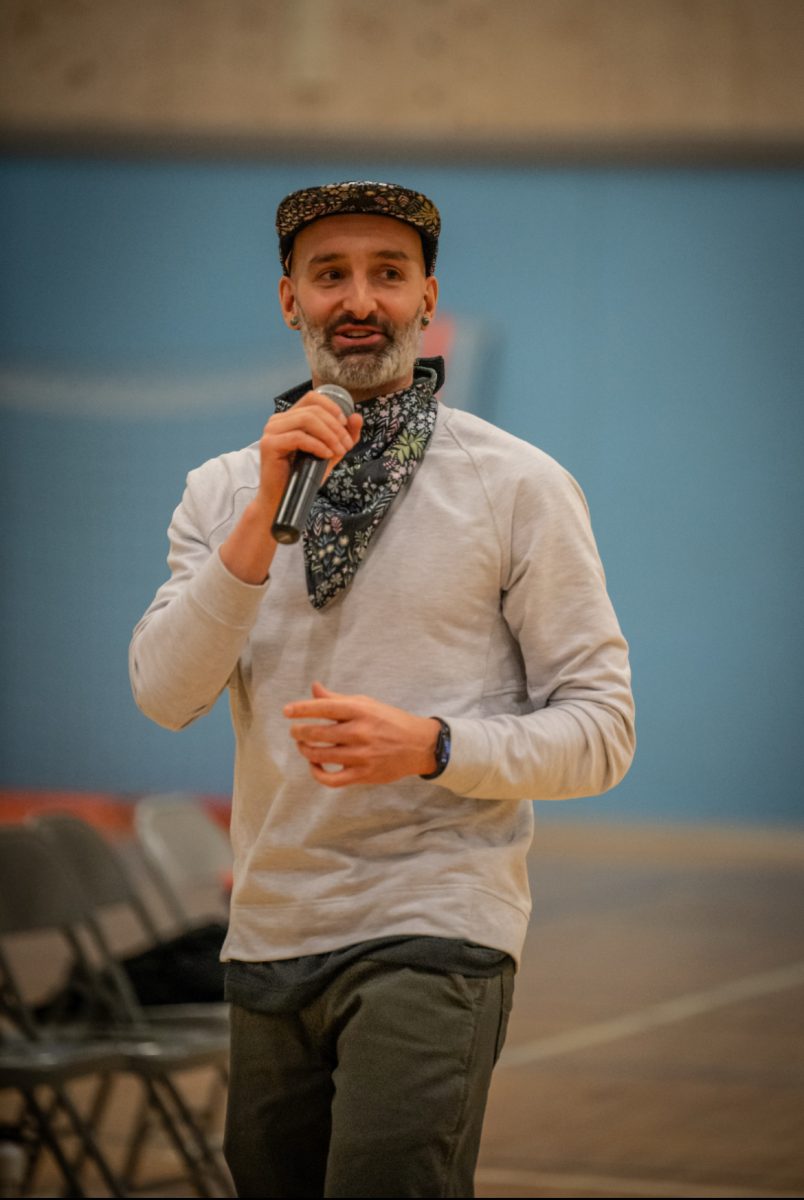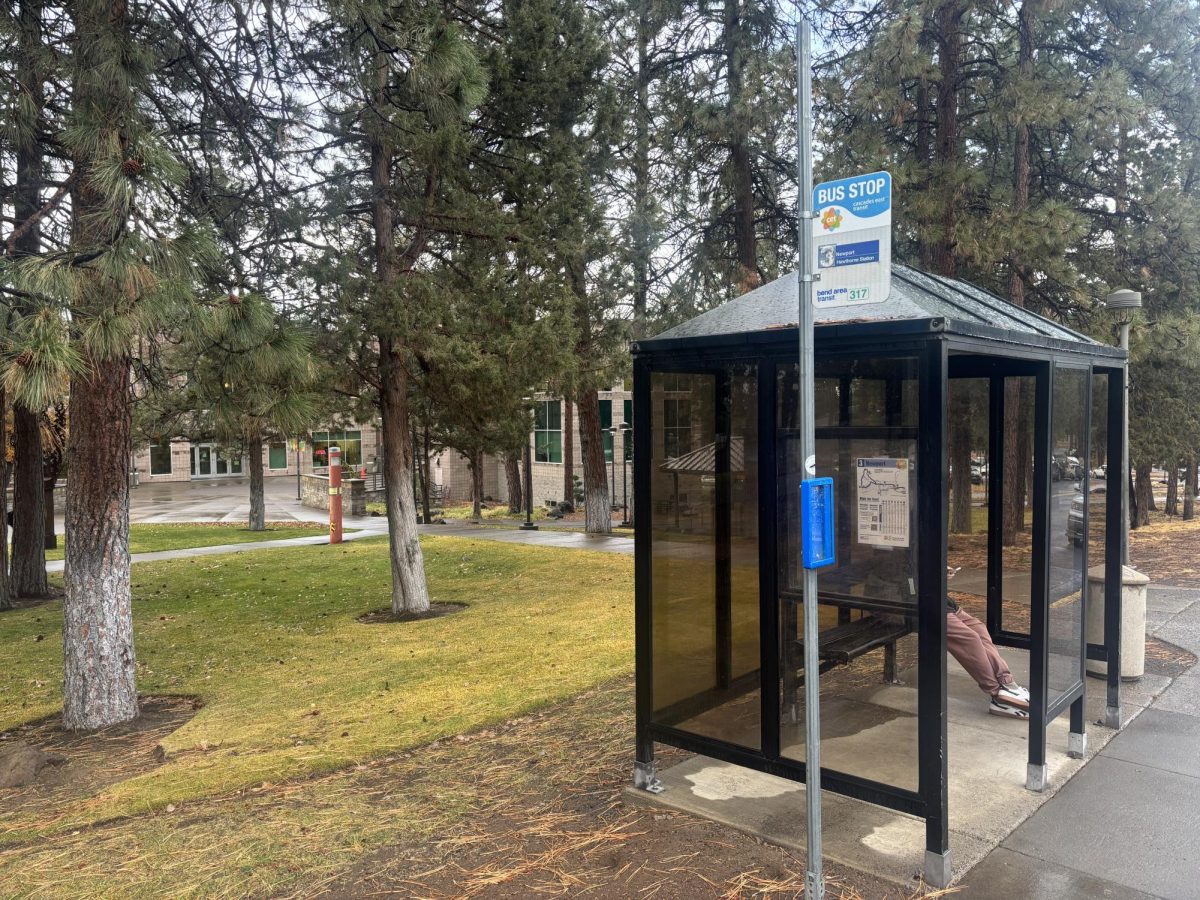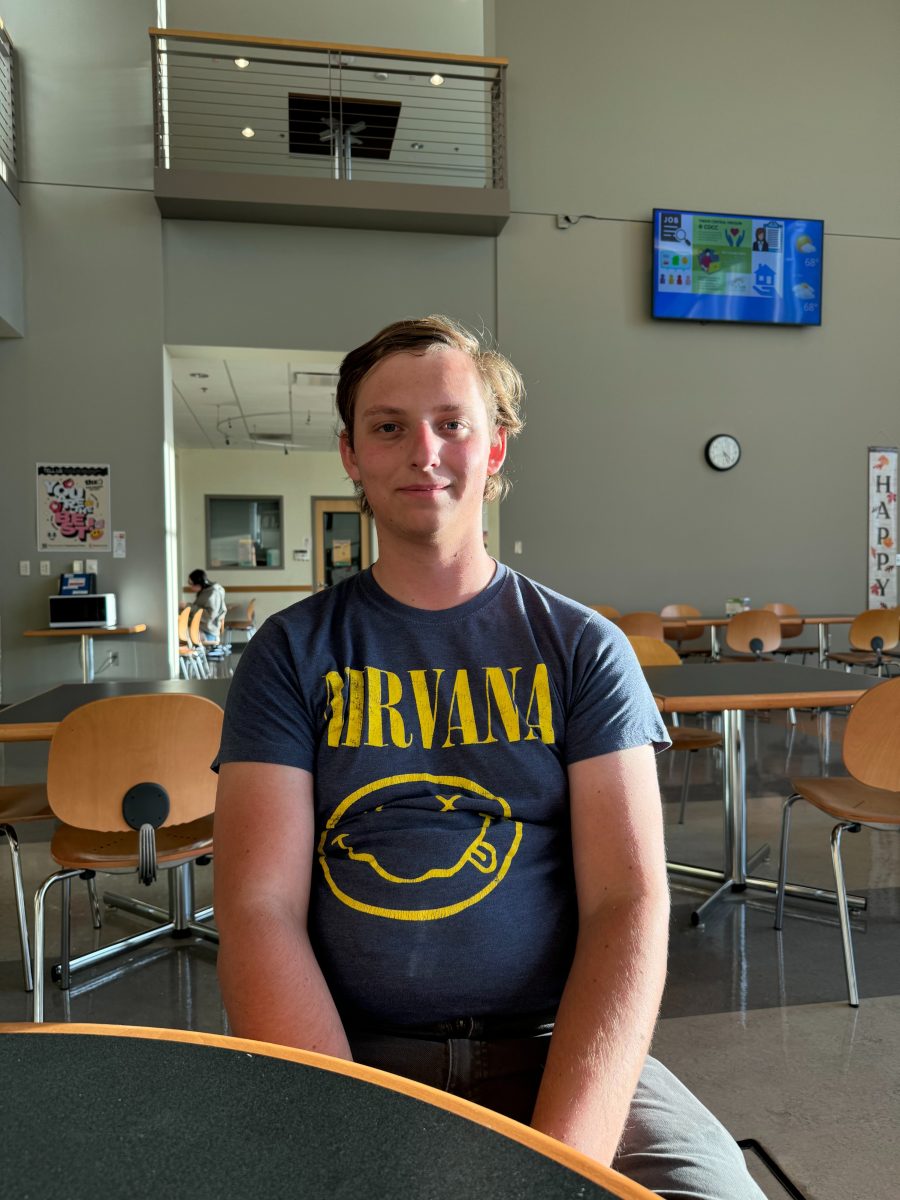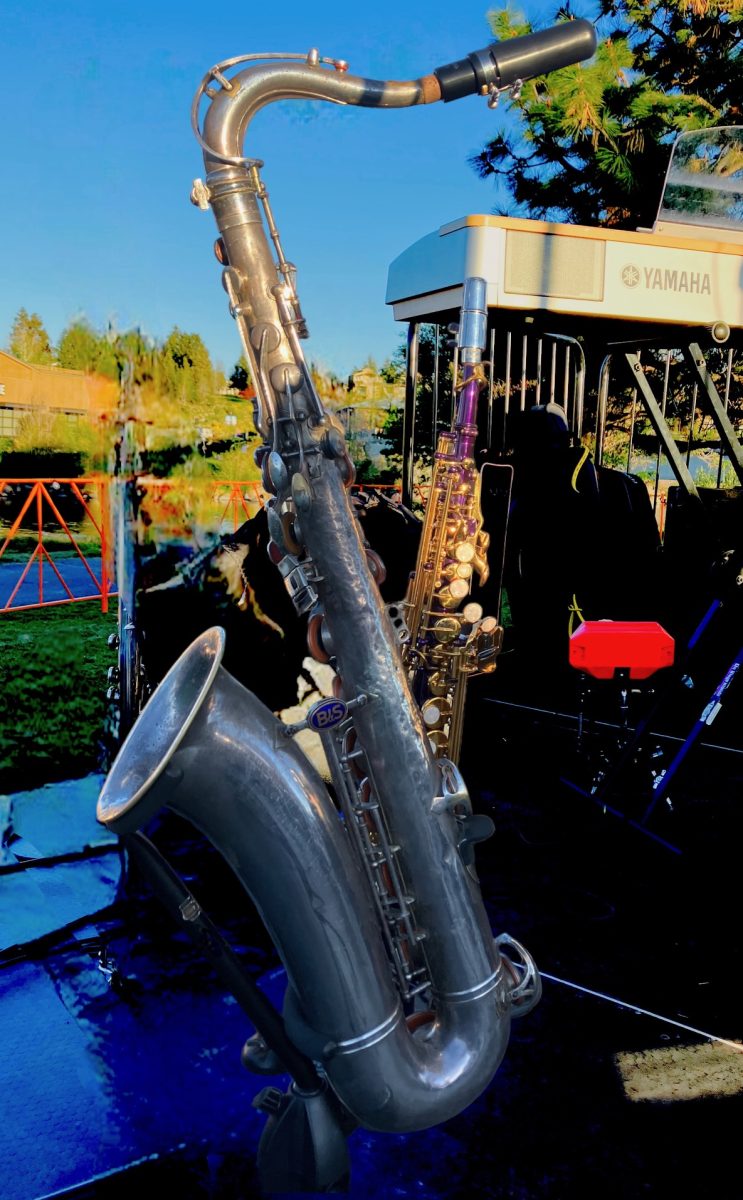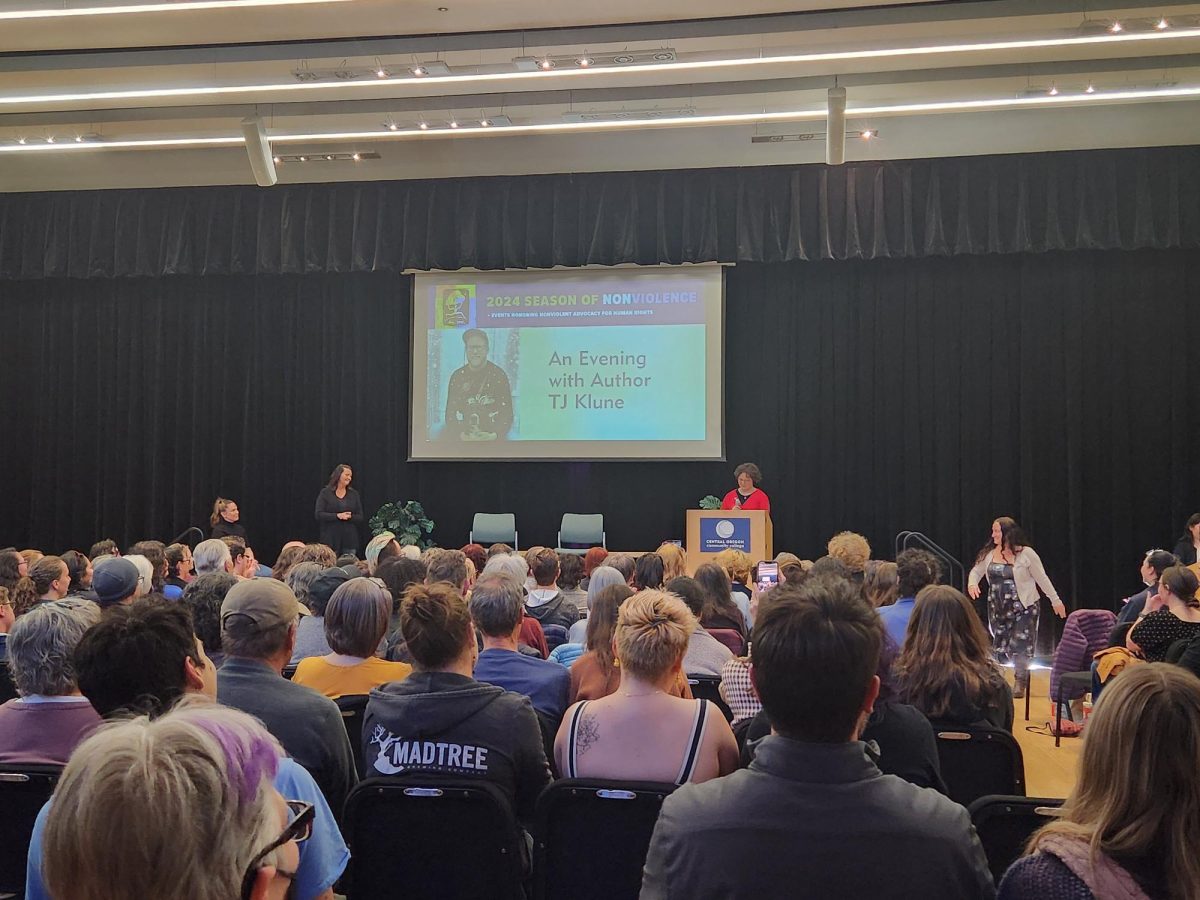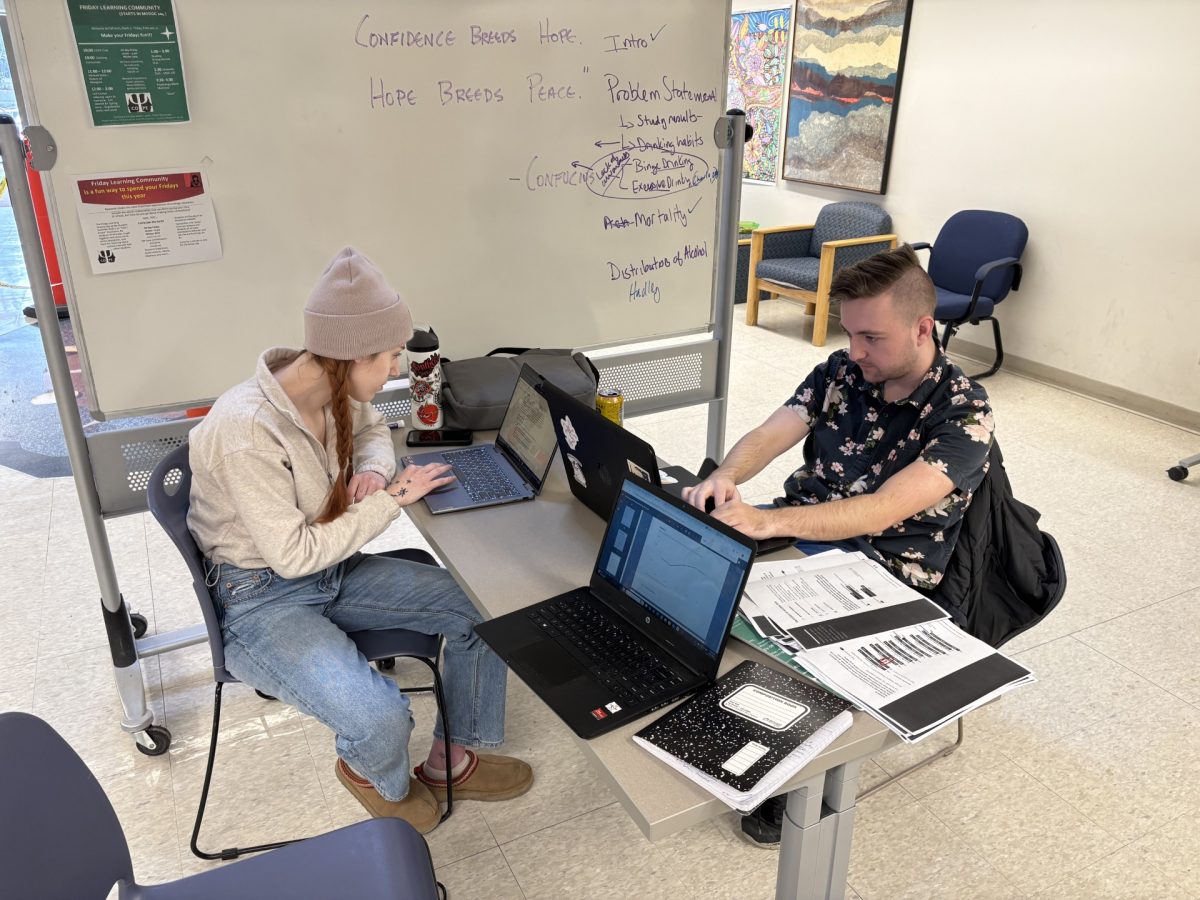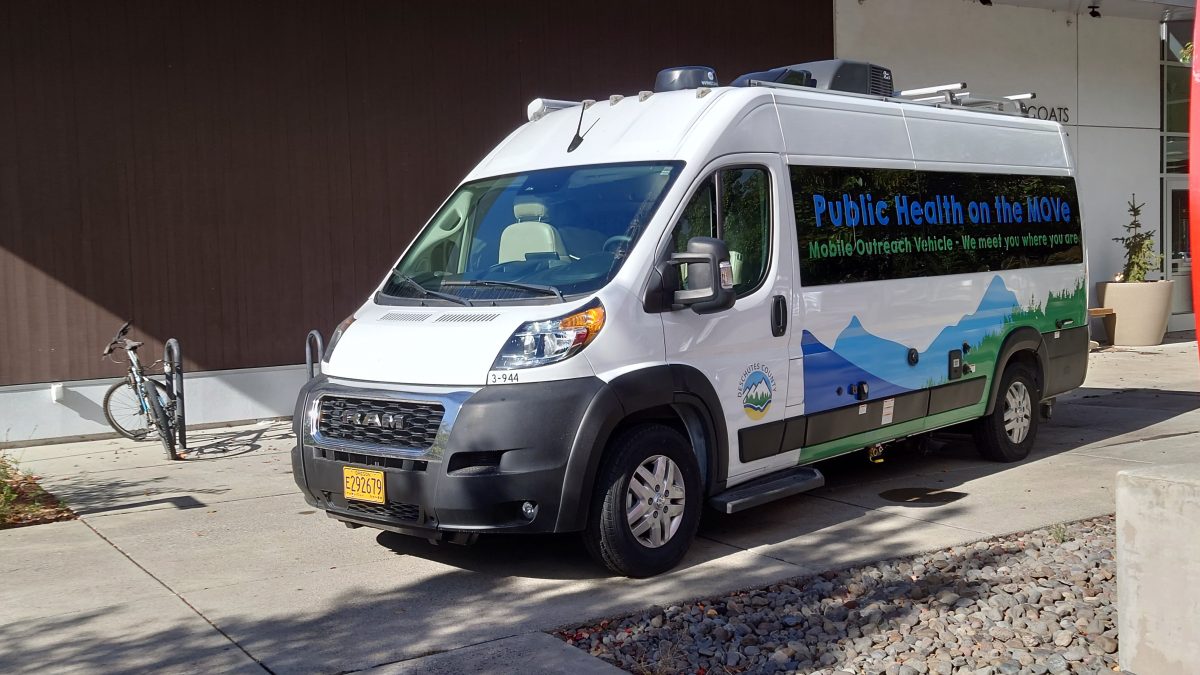Have you heard about the Multiple Interactive Learning Objective tool at the COCC? It is known as MILO, and is created by the company FAAC Incorporated, a subsidiary of Arotech. It is a scenario simulation tool used within Central Oregon Community College’s Criminal Justice Department program. The department has had the tool since 2022, through a Perkins funded grant and partnership with COCC’s high school program. The simulation tool, used by COCC, MILO Range Classic, cost about $15,000 to $20,000.
The grant allows MILO to be used in a high school education setting as well as a college setting. Roxie Supplee, COCC’s Program Director and Assistant Professor of Criminal Justice, who spoke about the simulator, told us that during one of the community outings with community members the simulation would not calibrate, and is currently awaiting repair. The simulator is completely portable, which is beneficial when it is demonstrated in the community or used in high schools, but it also has a downside that it takes up about one hour to two hours to set up and approximately the same amount of time to put away.
MILO’s primary use is to engage and train criminal justice students, along with other disciplines in the criminal justice system on certain realistic real-world situations, where their actions could have negative or positive consequences in real-life. It is completely voluntary for students to participate in these situations.
When participating though students take what they learned about case laws and the subtle differences in them, and apply what they learned when using the simulation.
In one scenario, students who participated, involved a police officer and their K-9 (canine) police dog where someone was hitting the police dog with a baseball bat.
75% of the time the student would choose to either tase or shoot the person injuring the canine. Students’ general consensus was “I just didn’t want him to hurt the dog”, when asked by Supplee about their choice when using MILO, which Supplee emphasizes that even though this is a simulation, their actions can affect others in the real-world.
For students who do not want to participate, there are other options for them such as witnessing other students participate without involving themselves with the simulation, or an online option.
The situations that MILO produces are very eye-opening for people who have experienced using it and how quick, depending on your reactions, can be the difference between life and death in certain circumstances. The product seems very real to the students, and anyone interacting with it, even though they are video clips, it feels very genuine to responses that the person makes.
“Wow that happened really fast, like really fast and the other responses are, you know, oops, I like I didn’t. I made a mistake. I didn’t mean to do that,” said Supplee, about the general responses from students and community members. There has not been any negative community publicity, it has been well received.
When using the simulation, the realistic physical options, along with non-escalations options, are set before them, a can of pepper-spray and a Glock™, a type of gun, or their voice, in which the instructor would choose, an option that fits best with the the students declaration, the physical options are not-real in the sense, but they look, feel and weight the same as their real-world counterparts.

The participants do not carry the physical accessories with them – they are placed on a table in front of them. During these simulated situations, Supplee says participants know that it is not real, but the emotion and adrenaline feels very real to them.
Students or officers who use MILO for additional training, may use the Glock™ option and sometimes they may click the trigger more than once in a situation without realizing it. The actions of the actors in the video clips do not act like the movies, the students mostly work in pairs, when using the simulation.
The MILO simulation has hundreds of de-escalating and escalating situations to choose from; it does this through its Branching engine, which provides different pathway points depending on the actions of the participant. Not all circumstances involve domestic violence, some circumstances may involve: people who are autistic, who may have disabilities (temporary or permanent), be disadvantaged in certain situations, a person’s mental health, dealing with someone who is homeless, crisis management, inherent bias that a person may have, and many other different types of environments.
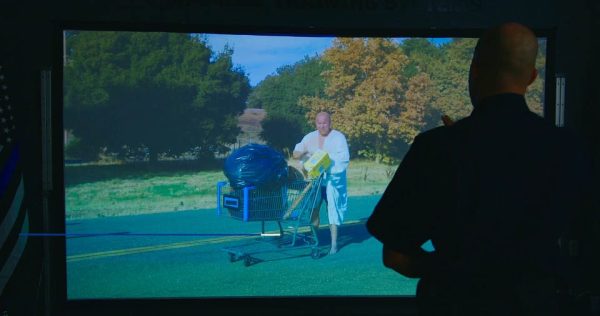
With this kind of life-choice simulation, students and community participants get to experience what law enforcement, and other Criminal Justice disciplines go through. The Criminal Justice Program at COCC, also partners with law enforcement. Supplee mentioned that the college program also works with local law enforcement agencies, “one of the best parts of our program is that we work with almost every local law enforcement agency, and students have the opportunity to intern with those agencies to shadow police officers. But you know, other careers as well,” said Supplee. The college used to partner and train all of the volunteer police, according to Supplee, but the volunteer police training partnership ended in 2021.
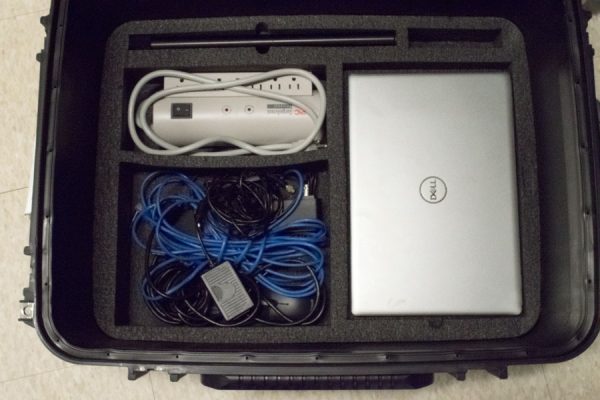
The Broadside reached out to Campus Safety’s Cory Darling, Director of Campus Safety and Emergency Management to see if Campus Safety had used the MILO tool in their training, in which Darling replied that they had not.


